|
|
|||||||||||||||||||||
|
||||||||||||||||||||||||||||||
 |
||||||||||||||||||||||||||||||
|
Jewels are considered a container of traditions and cultural messages. Certainly, all those people that have been able to exalt the properties of precious metals and gems have contributed in considering the world of the goldsmiths a world to dicover and has remained substantialy the same in its techniques during the past centuries.
|
||||||||||||||||||||||||||||||
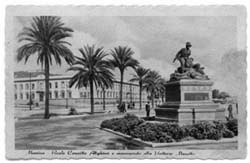 |
||||||||||||||||||||||||||||||
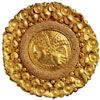 |
The granulation: an antique Etruscan technique. |
|||||||||||||||||||||||||||||
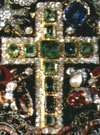 |
In the Middle Ages the art of the goldsmiths was the fastest propagator of cultural messages. The treasures moved from court to court, spreading out new stylistic solutions capable of influencing goldsmith teachers. |
 |
The evolution and the types of hellenistic goldsmith art flourished in the colonies of the Magna Graecia in the south of Italy. |
|||||||||||||||||||||||||||
|
The gems and history of France. From the sad memory of the "Terror",to the emperor Napoleon |
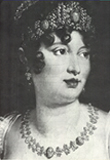 |
|||||||||||||||||||||||||||||
|
A tribe of south America belonging to the precolombus period which occupied a small area situated between the Cauca river and its eastern affluents.They were known as extraordinary experts of goldsmith art. |
 |
Since ancient times the gift of a ring represented a seal of a promise of love. |
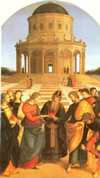 |
|||||||||||||||||||||||||||
|
The most antique and spectacular jewels have been |
||||||||||||||||||||||||||||||
 |
||||||||||||||||||||||||||||||
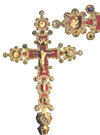 |
||||||||||||||||||||||||||||||
|
Pliny in his masterpiece "Naturalis Historia" explains that gems exist to be engraved and not for simple decorative purpose. |
The venerable workshop of the Duomo, known as the"Veneranda |
|||||||||||||||||||||||||||||
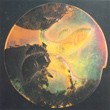 |
||||||||||||||||||||||||||||||
|
found in UR, in the old Babylonia
|
||||||||||||||||||||||||||||||
|
Fabbrica del Duomo", with its six centuries of history behind it, continues to fascinate us all.
|
||||||||||||||||||||||||||||||
|
Among the goldsmith's objects of the Dark Ages, the Iron Crown holds an |
||||||||||||||||||||||||||||||
|
To bring back to light the traces of the past we need to dig out, reconstruct the |
||||||||||||||||||||||||||||||
 |
 |
|||||||||||||||||||||||||||||
|
pieces found, identify it's production time, the civilization to which belonged, determine the dating and so on with complicated and sophisticated operations.
|
||||||||||||||||||||||||||||||
|
important position for historical tradition and for the symbolical-religious meaning, but, as counterpart, it has a persistent uncertainty about the original source and destination.
|
||||||||||||||||||||||||||||||